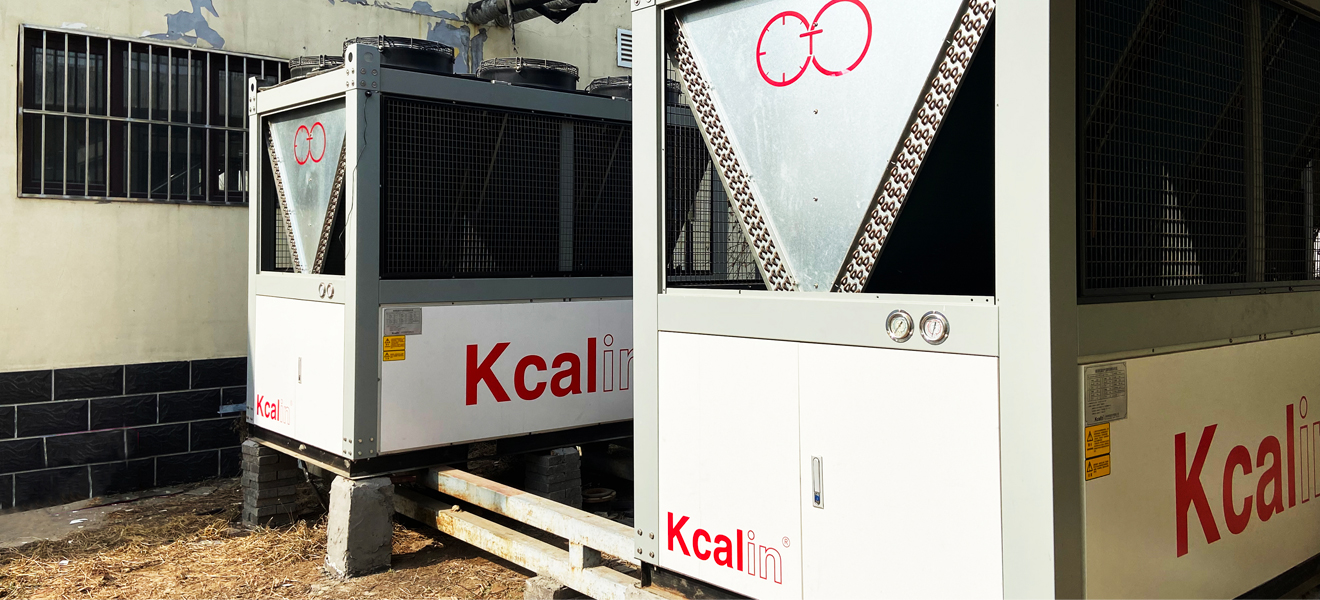In the electronic manufacturing industry, the welding of printed circuit boards (PCBs) is a key process that mainly involves the generation of welding fumes. These smoke and dust not only pose potential hazards to workers' health, but may also affect the production environment. In order to ensure the safety of the working environment, protect the health of workers, and improve production efficiency, ventilation systems are widely used for PCB welding smoke and dust treatment.
1: The generation and harm of PCB welding smoke and dust
Source of smoke and dust: During the PCB welding process, solder, solder paste, and pollutants on the PCB surface may generate smoke and dust.
Potential hazards: PCB welding dust may contain harmful gases and particles, such as lead, solder, gas pollutants, etc., which pose a threat to the respiratory system and health of workers.
Environmental impact: Untreated smoke and dust may deposit in equipment and work areas, leading to equipment failure and production environment pollution.
2: Application of Ventilation and Ventilation System

System composition: The ventilation system usually includes fans, ventilation ducts, filters, and exhaust outlets.
Working principle: The ventilation system achieves air circulation by introducing fresh air and discharging exhaust gases, thereby eliminating smoke and dust.
Local ventilation: Set up local ventilation equipment around the PCB welding workstation to directly absorb and treat smoke and dust.
3: Advantages of Ventilation and Ventilation Systems
Worker health protection: The ventilation system effectively reduces the chances of workers being exposed to harmful smoke and dust, and reduces the risk of respiratory diseases.
Environmental pollution reduction: By filtering and removing harmful exhaust gases, the ventilation system reduces pollution in the production environment and protects equipment and facilities.
Production efficiency improvement: An improved work environment can improve workers' work efficiency and production quality.
Compliance with regulations: The use of ventilation systems helps to comply with relevant environmental regulations and health and safety standards.
4: Different types of ventilation systems
Mechanical ventilation system: Use a fan and exhaust system to exhaust indoor air and introduce fresh air.
Local ventilation system: Set up local ventilation equipment for specific workstations or equipment to directly absorb and process smoke and dust.
Filtering system: Equipped with high-efficiency filters, it can capture particles and harmful gases, providing cleaner indoor air.
The application of ventilation systems in PCB welding smoke and dust treatment will continue to develop. In the future, with the increasing requirements for intelligent control and green manufacturing, ventilation systems will become more intelligent and efficient, and combined with other environmental protection technologies to create a more sustainable production environment for the electronic manufacturing industry.
The ventilation system, as a sharp tool for PCB welding dust treatment, plays an important role in worker health protection, environmental pollution reduction, and production efficiency improvement. By selecting the appropriate type and technology of ventilation system, electronic manufacturing enterprises can effectively solve the problem of smoke and dust, improve production quality, and ensure the safety and hygiene of the working environment.







Comment